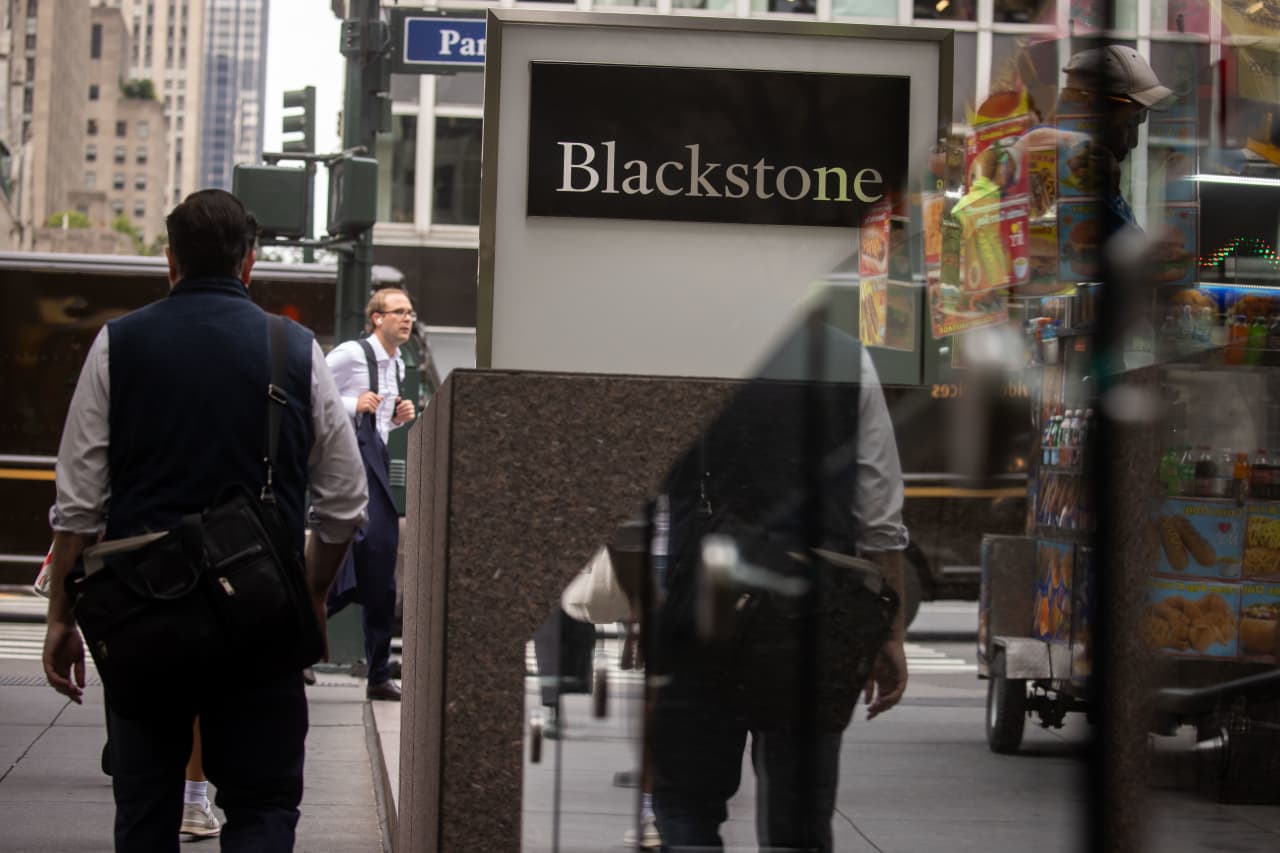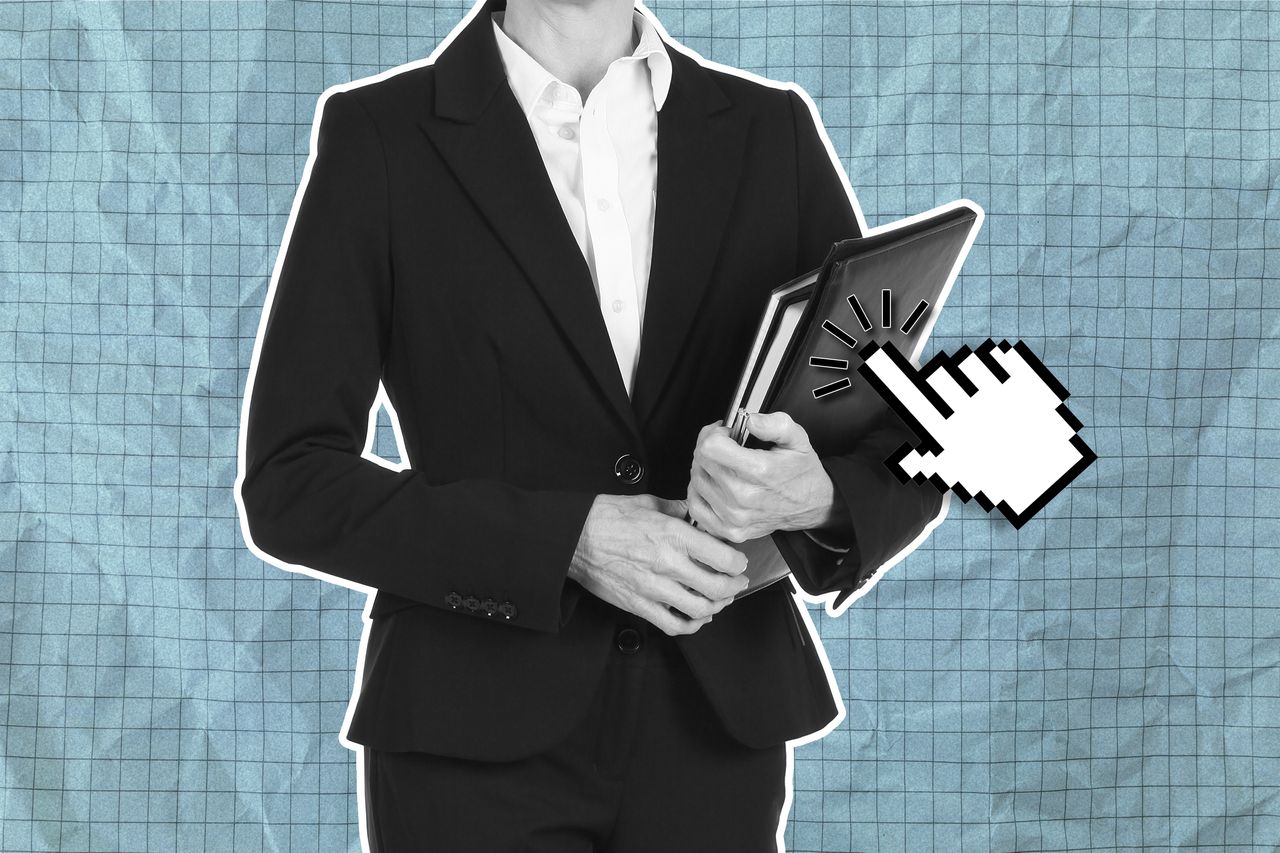What to Know About Buying Carbon Offsets
The purchases help consumers address climate change by seeking to ease the emissions impact.
Some consumers might feel eco-guilt about the takeout containers they have been throwing away or the additional packages they have been shipping from Amazon. Offsets are emerging as a way for people to mitigate the effects of shopping, shipping and travel.
There is no way to take back the carbon you have put in the air through activities such as driving your car or heating your house, and the surest way to reduce your carbon footprint is to drive, fly or buy less. Carbon offsets, created about 20 years ago, claim to provide a way for consumers and institutions to balance out their carbon footprint by investing in environmental projects that remove carbon-dioxide emissions from—or avoid adding them to—the atmosphere.
Offsets are easier than ever to buy online. The coming climate-change summit in Glasgow, called COP26, could put offsets on the radar of more consumers.
It is a tricky topic to navigate, though. The market for offsets isn’t regulated and the quality and authenticity of projects vary widely. It is difficult to know whether offsets purchased will actually make an impact on emissions, said Travis Miller, a stock analyst at Morningstar who specializes in energy and utilities.
Here is what to know about assessing and buying offsets now.
Who sells carbon offsets?
Carbon offsets are credits purchased from projects that are designed to reduce emissions of planet-warming greenhouse gases. These can include investing in a reforestation project in California or constructing cookstoves in Honduras, said Peter Miller, a director of climate and clean energy at the Natural Resources Defense Council.
Nonprofits are among the most reputable providers from which consumers may buy offsets, said Clint Henderson, senior news editor at The Points Guy travel website. Nonprofits such as Cool Effect and Carbonfund.org act as a bridge between people and the organizations that create and maintain carbon-reducing projects.
Offsets are measured and sold in metric tons of carbon-dioxide equivalent. One metric ton of carbon-dioxide equivalent is roughly equal to the size of a two-story house, said Dee Lawrence, co-founder of Cool Effect, which sells offsets to consumers.
Why do people buy carbon offsets?
Consumers can buy offsets to lessen carbon emissions for things as diverse as their vacation, the type of car they drive and the size of their house.
First, they can estimate the impact of their lifestyle—such as how much waste they dispose of, or how many loads of laundry they wash in hot water—by using an online calculator, such as the one from the Environmental Protection Agency or the Nature Conservancy. They could then buy offsets from a provider that sources emissions-reducing projects.
For example, if you fly 10,000 miles, you could buy offsets on Carbonfund.org for $20 to compensate for that flight’s emissions. The price of air-travel offsets is usually dependent on the length of the flight and the class of service, said Mr. Henderson at The Points Guy.
American Airlines gives fliers the option to buy offsets through a partnership with Cool Effect, such as when they purchase their tickets or after the flight. You can get an estimate of your air-travel emissions on Google Flights.
When an individual buys carbon offsets, that person’s money is typically pooled with others’, in a practice somewhat akin to crowdfunding. Together—by funding, say, a wind farm in rural Indiana—Mr. Miller at Morningstar said consumers can collectively reduce the amount of carbon going into the air.
How to know the value of an offset
Valuing offsets can be a bit “squishy,” said Mr. Henderson at The Points Guy. Consumers might never see the project firsthand, and they trust that the project they support is actually effective in reducing emissions.
To identify legitimate projects, look for those that clearly specify how emissions are reduced and reported, said Tensie Whelan, director of the Center for Sustainable Business at NYU Stern School of Business.
Generally, Prof. Whelan said, stay away from individuals selling offsets to their personal projects over social media or claiming to run an offset project that doesn’t have third-party oversight. Each metric ton of emissions consumers buy should have a unique serial number. That number helps ensure reductions aren’t resold and double counted, Prof. Whelan said.
Check that the project has permanence. For example, a project for fast-growing eucalyptus that will be cut down in 10 years would lack permanence. Also, make sure the project has independent third-party certification.
 Copyright 2020, Dow Jones & Company, Inc. All Rights Reserved Worldwide. LEARN MORE
Copyright 2020, Dow Jones & Company, Inc. All Rights Reserved Worldwide. LEARN MORE
This stylish family home combines a classic palette and finishes with a flexible floorplan
Just 55 minutes from Sydney, make this your creative getaway located in the majestic Hawkesbury region.
Continued stagflation and cost of living pressures are causing couples to think twice about starting a family, new data has revealed, with long term impacts expected
Australia is in the midst of a ‘baby recession’ with preliminary estimates showing the number of births in 2023 fell by more than four percent to the lowest level since 2006, according to KPMG. The consultancy firm says this reflects the impact of cost-of-living pressures on the feasibility of younger Australians starting a family.
KPMG estimates that 289,100 babies were born in 2023. This compares to 300,684 babies in 2022 and 309,996 in 2021, according to the Australian Bureau of Statistics (ABS). KPMG urban economist Terry Rawnsley said weak economic growth often leads to a reduced number of births. In 2023, ABS data shows gross domestic product (GDP) fell to 1.5 percent. Despite the population growing by 2.5 percent in 2023, GDP on a per capita basis went into negative territory, down one percent over the 12 months.
“Birth rates provide insight into long-term population growth as well as the current confidence of Australian families,” said Mr Rawnsley. “We haven’t seen such a sharp drop in births in Australia since the period of economic stagflation in the 1970s, which coincided with the initial widespread adoption of the contraceptive pill.”
Mr Rawnsley said many Australian couples delayed starting a family while the pandemic played out in 2020. The number of births fell from 305,832 in 2019 to 294,369 in 2020. Then in 2021, strong employment and vast amounts of stimulus money, along with high household savings due to lockdowns, gave couples better financial means to have a baby. This led to a rebound in births.
However, the re-opening of the global economy in 2022 led to soaring inflation. By the start of 2023, the Australian consumer price index (CPI) had risen to its highest level since 1990 at 7.8 percent per annum. By that stage, the Reserve Bank had already commenced an aggressive rate-hiking strategy to fight inflation and had raised the cash rate every month between May and December 2022.
Five more rate hikes during 2023 put further pressure on couples with mortgages and put the brakes on family formation. “This combination of the pandemic and rapid economic changes explains the spike and subsequent sharp decline in birth rates we have observed over the past four years,” Mr Rawnsley said.
The impact of high costs of living on couples’ decision to have a baby is highlighted in births data for the capital cities. KPMG estimates there were 60,860 births in Sydney in 2023, down 8.6 percent from 2019. There were 56,270 births in Melbourne, down 7.3 percent. In Perth, there were 25,020 births, down 6 percent, while in Brisbane there were 30,250 births, down 4.3 percent. Canberra was the only capital city where there was no fall in the number of births in 2023 compared to 2019.
“CPI growth in Canberra has been slightly subdued compared to that in other major cities, and the economic outlook has remained strong,” Mr Rawnsley said. “This means families have not been hurting as much as those in other capital cities, and in turn, we’ve seen a stabilisation of births in the ACT.”
This stylish family home combines a classic palette and finishes with a flexible floorplan
Just 55 minutes from Sydney, make this your creative getaway located in the majestic Hawkesbury region.






















